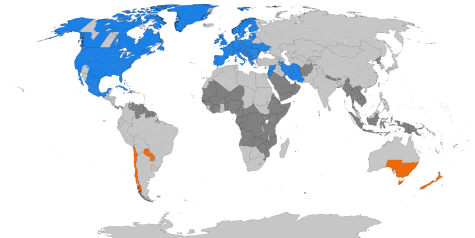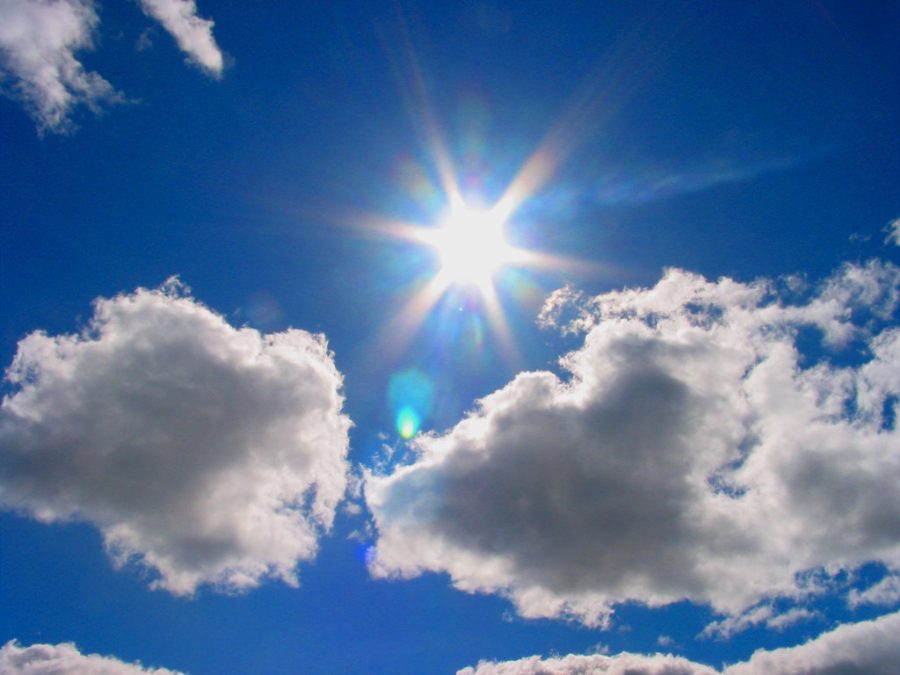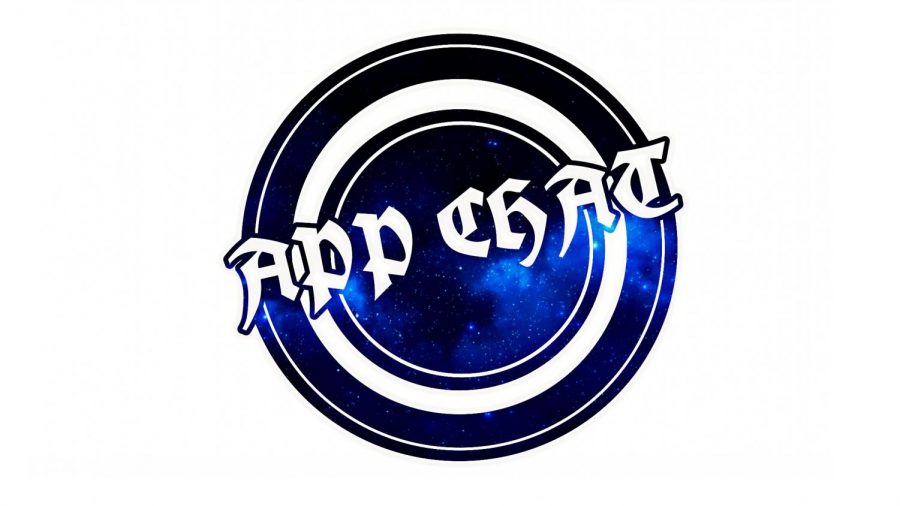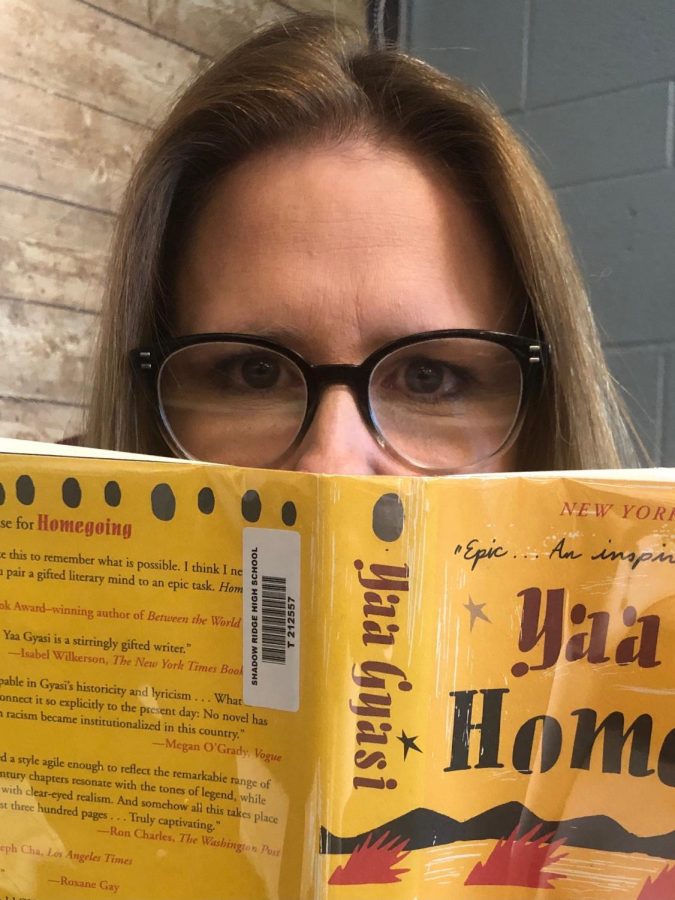Daylight Saving
Photo Courtesy of: Google Images
Daylight Saving Time occurs twice a year.
March 16, 2022
On March 13, 2022, society moved forward in time and changed its clocks 1 hour ahead of time for the Spring Daylight Saving. First proposed by founding father Benjamin Franklin, he said that such a time change would save on candles. Throughout the past 200 years, many people have made their own contributions to the theory but it wasn’t until 1915 that it was officially implemented nationwide by Germany during the First World War in order to save on fuel. In 1966, the United States adopted DST and after many reforms and revisions, in 2007, it became how it is today.
Despite the supposed energy-saving benefits of DST, it can leave a substantial impact on human health. In the springtime change, an hour of sleep is lost and this is typically where all the problems begin. According to the American Heart Association, the springtime DST can not only cause fatigue but an increase in heart attacks and strokes due to an uncommon irregular beating of the heart. Statistics have also shown an increase in car accidents during the first few days.
Doctor Angela Holliday-Bell says, “It dictates all the processes that occur in your body — including sleep, wake, and digestion. When you lose an hour, you’re losing some immune function as well.”
With all of the potential hazards of daylight saving time, experts have decreed strategies that are supposed to help prevent a drowsy first few days. Some of these are gradually changing bedtimes to adjust to a one-hour change or limiting caffeine to prevent heart problems.
“Light is the strongest influence on circadian rhythms,” says Dr. Holliday Bell. “Getting natural light as soon as you can when you first wake up helps to reinforce your circadian rhythm.”
But if DST is so dangerous that it requires strategies to prevent said hazards, why have it at all? Well, it’s currently at work. Around 75% of Americans dislike DST and this has caused 18 states to pass bills in preparation for ending DST, along with 22 more that are considering it this year. However, the federal government is still adamant about keeping DST.
The U.S. Department of Transportation argues that DST reduces crime because “more people are out conducting their affairs during the daylight rather than at night when more crime occurs.”
Nevada may join the group of states that end DST as it is undergoing the vote of a bill that would do so. But for now, Nevada joins the United States and 70 other countries that change the clock twice a year.










Dennis Speaks • Mar 16, 2022 at 9:48 am
You are my hero Jack!!
Abigail Davis • Mar 16, 2022 at 8:58 am
Hope it will change in the future. Great article!